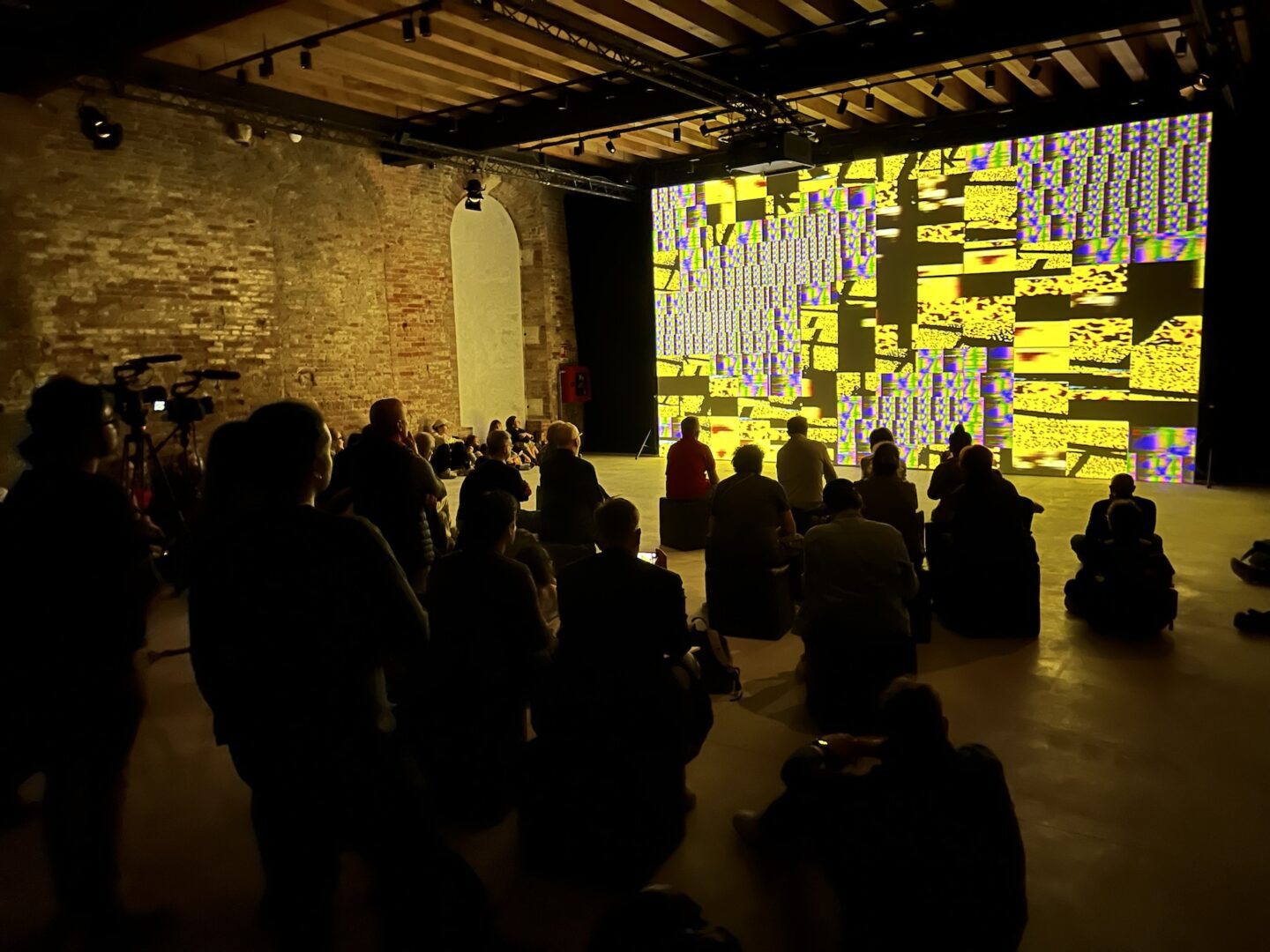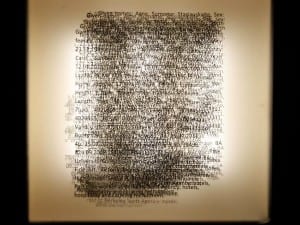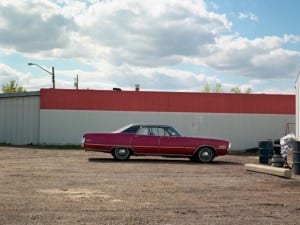Brendan Dawes is a British artist and designer renowned for his playful yet thought-provoking explorations of data, technology, and everyday objects. Rooted in the ethos of remix culture, Dawes’s work often re-contextualises existing materials to examine how people experience the physical and digital worlds. Nothing Can Ever Be The Same, commissioned for Biennale Musica 2023 in Venice, is a 168-hour real-time generative film. The film uses bespoke generative technology developed for the Academy Award-shortlisted documentary Eno, continuously evolves, ensuring no two versions are ever alike. This living audiovisual system explores code, data and chance as artistic tools, pushing the boundaries of cinema. The piece is part of the Aesthetica Art Prize exhibition at York Art Gallery, where, for the show’s five month installation, it will continually change. Aesthetica caught up with Dawes to chat all things digital art.
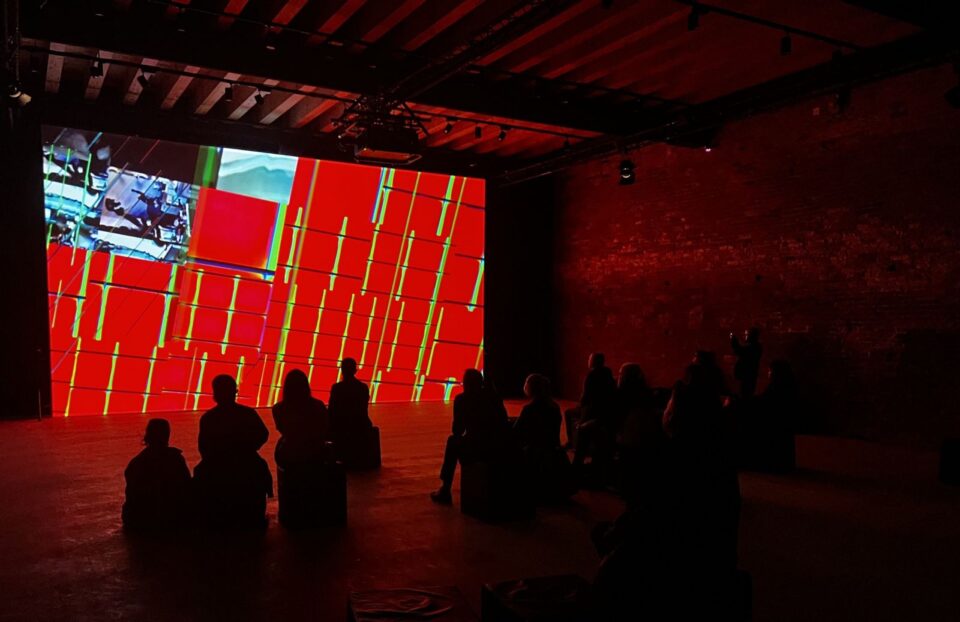
A: You make computer-based work using generative and automated systems, creating objects that exist both digitally and physically. What initially drew you to this creative practice?
BD: In the early 1980s I got my first computer – a Sinclair ZX81 – a monochrome affair with just 1KB of memory, which you plugged into your television. I spent that Christmas sat in front of it, reading the manual to learn the BASIC programming language. I quickly became entranced by the idea that I could type instructions into this black box and make it do things, even if it was at a very rudimentary level. I found that concept very powerful. Over the years, as I continued to go deeper into computer programming, I started to wander down the path of generative systems – the idea of creating a rule-based system and have that make things, essentially making a thing to make a thing. I felt the computer was a akin to a code-based collaborator. One that would often surprise me with it’s own ideas or lead me to explore new directions I hadn’t considered. The system would still be playing within the constraints and rules that I had set, but the output would often be unexpected. I found that dynamic very exciting and it has been a core part of my practice ever since. In her book The Garden Against Time, Olivia Laing describes gardens existing “on the threshold of artifice and nature, conscious decision and wild happenstance.” I think that also brilliantly describes generative art – operating on the threshold of control and chance.
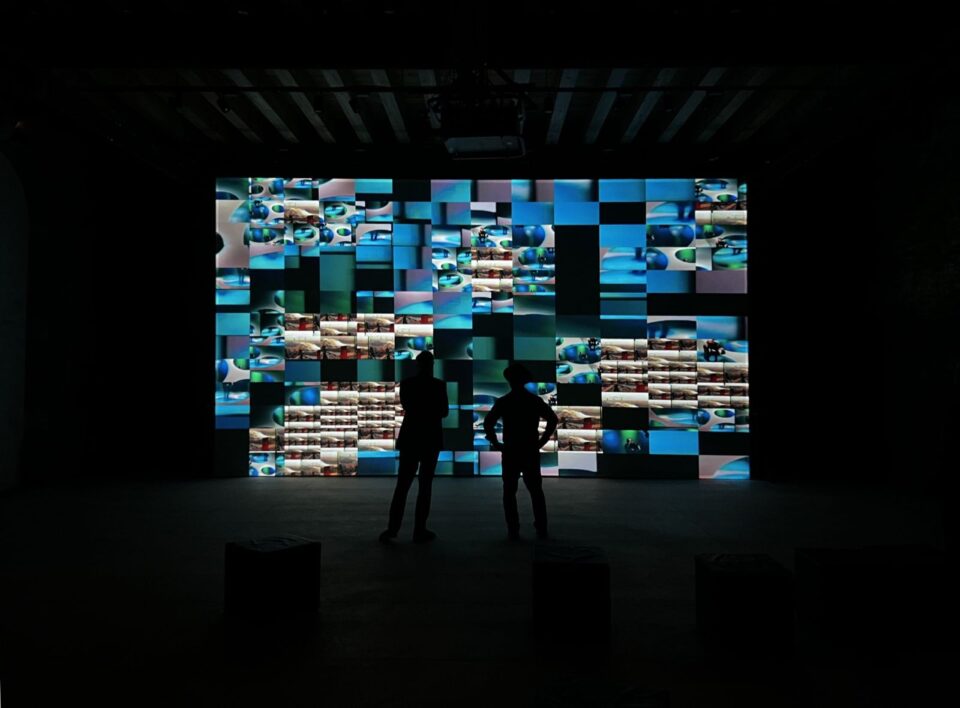
A: Nothing Can Ever Be The Same uses bespoke generative technology to ensure the film continuously evolved. Talk us through the process of creating this.
BD: That work came about as an offshoot of the wider Eno documentary project with Gary Hustwit. Gary approached me in 2019 to ask if it would be possible to make a film that is different every time it was screened. That idea would become Eno, a generative documentary about Brian Eno, which premiered at the Sundance Film Festival in 2024. As we worked on that project, we also had the opportunity to create something for the 2023 Venice Biennale Musica. So we spun off a new project which takes Brian Eno’s archival footage and created a bespoke generative system to create a never-ending film of fever-dream-like visuals, all in real-time. The running time for the work was originally 168 hours but that was purely because it was the length of time the installation was on view in Venice. In truth it is infinite. The version we have at the Aesthetica Art Prize final runs non-stop for five months till the exhibition ends. What fascinated us when we first showed it in Venice was how long people would stay. They became entranced by the shifting nature of the visuals, not knowing what might appear next. Some people stayed for hours!
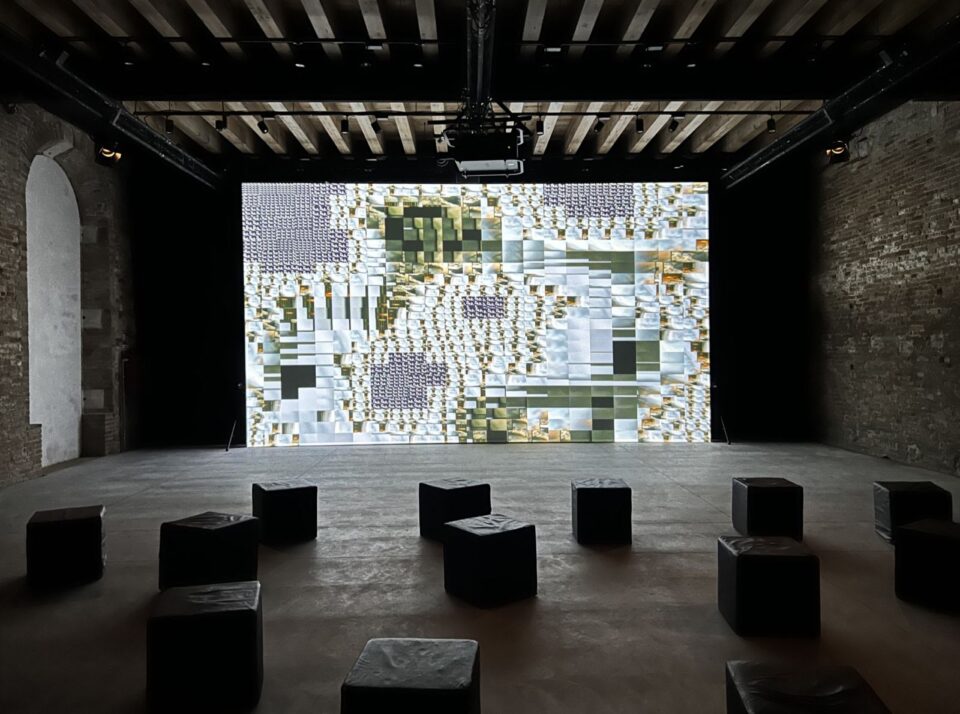
A: The piece runs until the end of the exhibition and is never the same twice. How do you hope people engage with the work?
BD: Creating a piece of work which is infinitely long is about reacting to and making a statement about our ever diminishing attention span. It seems to me we’re constantly being told to do something, yet I feel doing nothing and just sitting is a very important human trait. What would happen if you just sat with the work for several hours? What would happen if you sat with the work for several years? Obviously that’s a ridiculous thing but these days many people find it hard to look at something for a minute let alone an hour, unless it’s presented on some giant screen or you’re surrounded by screens, as if you’re inside some giant Instagram-Like-Making Machine. Those type of things are called “immersive” and I dislike what it has come to mean. There’s actually nothing more immersive than sitting down and reading a book.
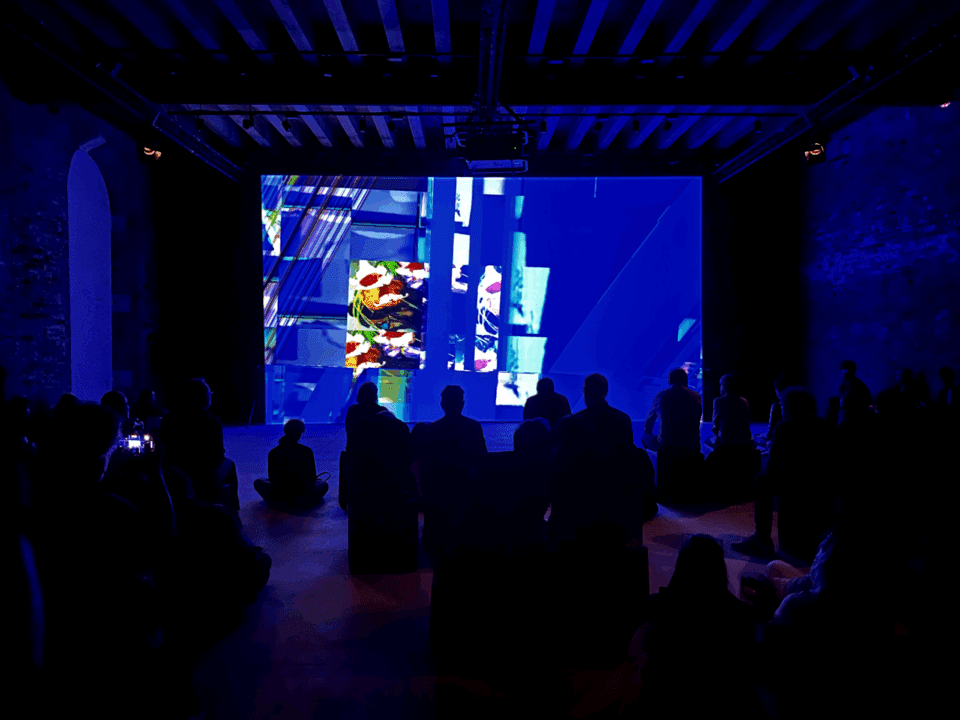
A: As technology continues to rapidly change and develop, how you do see you your work evolving alongside it?
BD: Technology often creates new ways to creatively express ourselves, alternative ways to ask questions about the world and our place within it. In the book The Uncanny Muse by David Hajdu, he describes how the advent of the electric microphone actually enabled performers to sing in a more human, intimate way. At the time people said it was cheating but those that were curious, people like Frank Sinatra and Julie London for example, saw an opportunity to take singing in a new direction because of technology, not in spite of it. That’s just one example of how technology can help amplify and expose the human spirit and there are no doubt many others. For my part I want to slow down, take my time to understand and explore the implications of technology such as AI in an artistic practice. I don’t want to rush into things just because it’s the latest trend. I want to understand how these new tools can help me express ideas that are important to me in a way that is meaningful and lasting and I’m in no hurry to do that.
The Aesthetica Art Prize Exhibition 2025 is at York Art Gallery until 25 January.
brendandawes.com | yorkartgallery.org.uk
Find out more about the Aesthetica Art Prize 2025 Shortlist here.
Words: Emma Jacob & Brendan Dawes
Image Credits:
All images courtesy of Brendan Dawes.


